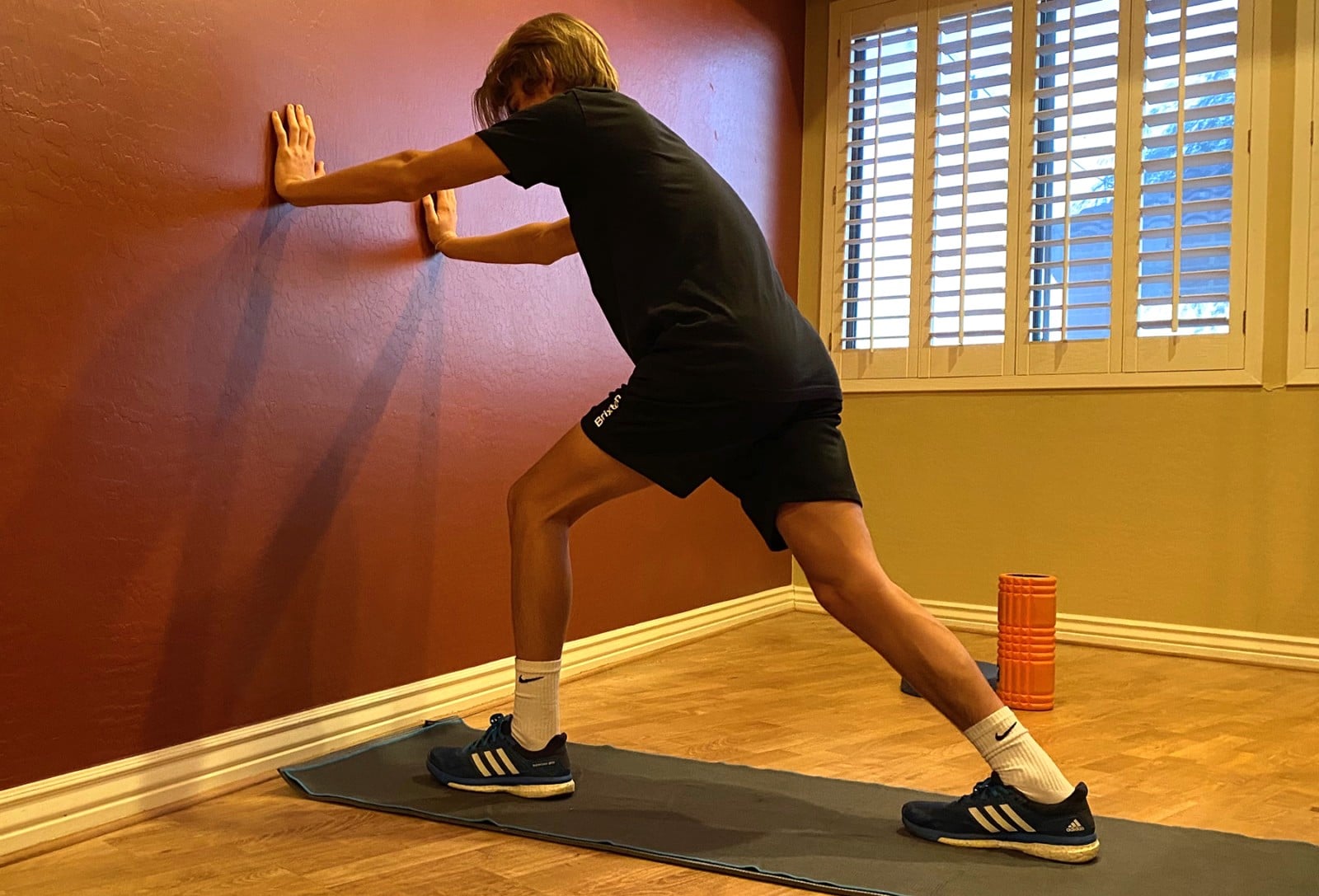There’s nothing quite like watching your little one(s) grow up before your eyes. One minute, you’re helping retrieve their favorite cereal from the top-shelf in the pantry; then all of sudden, they’re as tall as you, leaving you to question your own stature and whether or not this is even your child anymore…
Just as parents have to adjust to this rapid growth, children have to try and keep up with their fast-changing and developing bodies. These growth spurts can put a lot of stress on a young one’s body, and are often the culprit of various growing pains and musculoskeletal conditions.
One of these conditions is known as Sever’s Disease, a common injury that affects the heel. We sat down with Stephanie Gilboy, PT, DPT, a Pediatric Specialist at Spooner Physical Therapy. Stephanie helps shed some light on what Sever’s Disease is, how parents and coaches can recognize the signs and symptoms, and how physical therapy can help!
What Is Sever’s Disease?
Sever’s Disease, also known as calcaneal apophysitis, is one of the most common causes of heel pain in young athletes and children. It occurs when there is excessive pulling from the Achilles tendon on a growth plate located in the heel. The tension created on this growth plate causes inflammation, swelling, and in some cases, excessive bone growth.
It typically affects children between the ages of 8 and 14 years old. Kids that are involved in sports or activities that require repetitive running and jumping more likely to sustain this type of injury.
How Can I Recognize It?
The first and most obvious indicator is going to be pain in the back of the heel. The onset of this discomfort can be gradual, or it can happen suddenly. Furthermore, the pain will most likely continue or worsen if they try and push through it without altering any part of their routine. Stephanie explains, “Oftentimes when I treat a patient with Sever’s Disease, the parents will tell me they thought their child was just going through a growth spurt, but then the discomfort never stopped.”
There are numerous factors that increase the likelihood of developing Sever’s Disease. If your child or athlete is complaining of heel pain, ask yourself the following questions:
- Are they participating in activities that require repetitive running and jumping such as soccer, football, and gymnastics?
- Are they going through a growth spurt?
- Have they increased their level of physical activity recently?
- Did they just get new shoes or cleats?
- Is their current footwear old and falling apart?
If the answer is yes to any of these, then it’s highly possible that the discomfort your child is experiencing is being caused by something more than just “growing pains.” It’s important to note that seemingly minor aches and pains could be an indicator of something more serious, and should never be ignored.
So What Should I Do?
If your child or athlete is complaining about heel discomfort, it’s important to address these concerns sooner rather than later. Physical therapists are experts in getting your body to function and feel the way it’s supposed to, and we’re always ready to help get you moving better and feeling better!
As Stephanie highlights, “If we can catch it before the pain and swelling get too severe, we can help make the proper corrections to your biomechanics that will ensure that the root cause of the discomfort is taken care of, and you won’t have to miss extended time from the activities you enjoy. The sooner you come see us, the easier it is to manage.”
Learn more about Pediatric Physical Therapy at Spooner Physical Therapy. Ready to schedule an appointment? Schedule an appointment or complimentary movement screen with a Spooner physical therapist at one of our locations throughout the valley.

